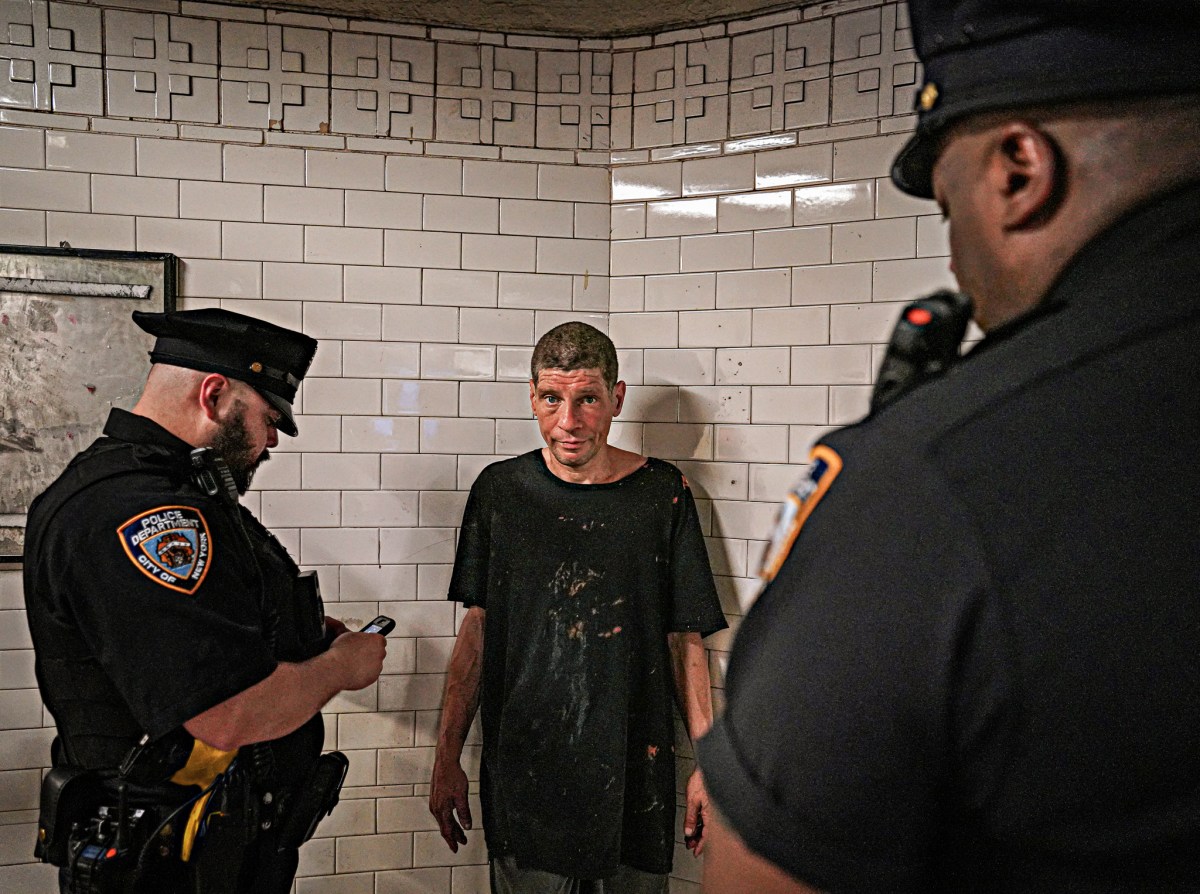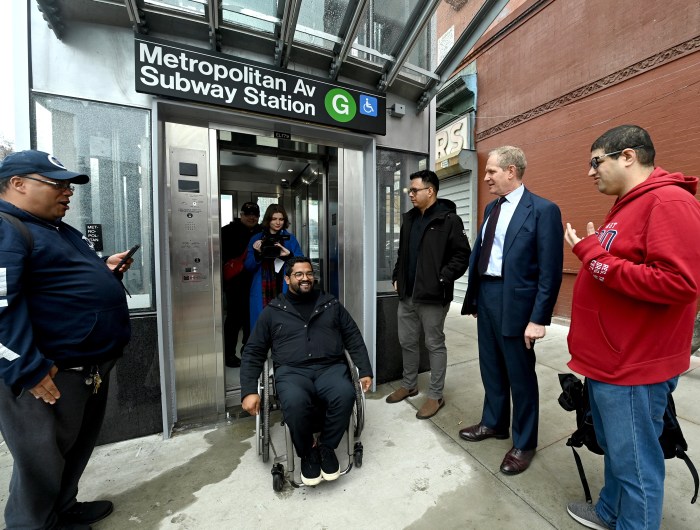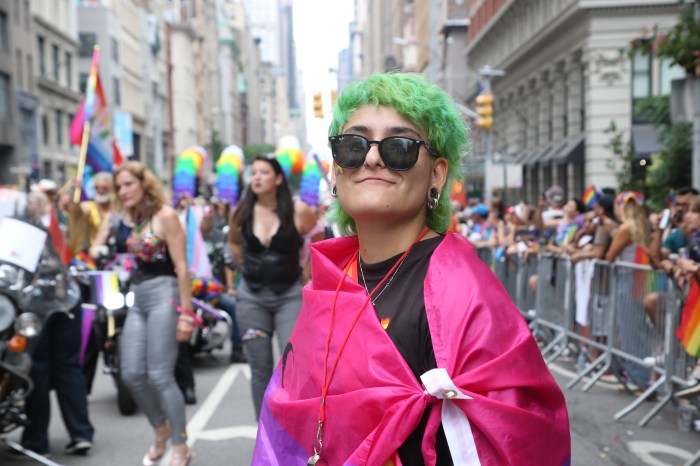It’s the Grand plan!
The city will transform one of the most dangerous streets in North Brooklyn into a major bus-and-bicycle corridor for straphangers looking to cross the East River when the L train’s underwater Brooklyn-to-Manhattan tube closes in April 2019.
Department of Transportation honchos on Wednesday revealed the changes they want to make to Grand Street ahead of the looming 15-month shutdown, and their plan will make the commercial corridor safer for commuters and pedestrians during the so-called “L-pocolypse” and beyond, according to a transit activist.
“It’s an important victory for people who are biking on the street, walking, and taking the bus on that street — really anyone using it,” said Greenpoint resident Luke Ohlson, a community organizer with Transportation Alternatives. “This plan reflects years of advocating on behalf of activists and advocates for safety improvements on Grand Street.”
As many as 32 buses will travel a daily route from Grand Street near Waterbury Street to two different locations in the outer borough of Manhattan each hour, carrying more than 30,000 people unable to ride the shuttered L-train, according to the agency. The transportation department will prioritize bus traffic on the road’s two travel lanes in order to accommodate the extra people movers, diverting other drivers down side streets.
And transit honchos need to ensure the people movers run constantly, not just during peak hours, to compensate for the loss of the subway, Ohlsen said.
“In order for the volume of people affected by the L train to move safely, those things need to operate 24-7,” he said. “The bus cannot accommodate that many people without operating that often.”
The agency’s plan also calls for nixing the parking lane on the side of Grand Street that’s closer to Maujer Street, and creating just one parking-and-loading lane on the opposite side of the road to make room for two new protected bike lanes in each direction between Morgan Avenue and Rodney Street — eliminating the currently unprotected pedaler’s paths along the corridor.
Local pols including Borough President Adams and Councilman Antonio Reynoso (D–Williamsburg) joined activists’ campaign to make Grand Street safer after a motorist hit and killed a cyclist near Manhattan Avenue in 2016.
That bike rider was one of three to die on the strip since the start of 2016, according to a Streetsblog report. And from 2010 to 2014, 442 people were injured on Grand Street between Borinquen Place and Metropolitan Avenue, and one more cyclist died.
City transportation officials unveiled their plan for the road at the first in a series of community meetings about the forthcoming L-train closure.
And they must continue to keep residents in the loop following several months of radio silence and a failed promise to meet with local leaders about changes to Grand Street after they released other alternative-transportation plans last month, Ohlsen said.
“While it’s a good thing that these presentations are coming back to the community, there is a constructive conversation to be had that was delayed, and delayed, and delayed.”





















